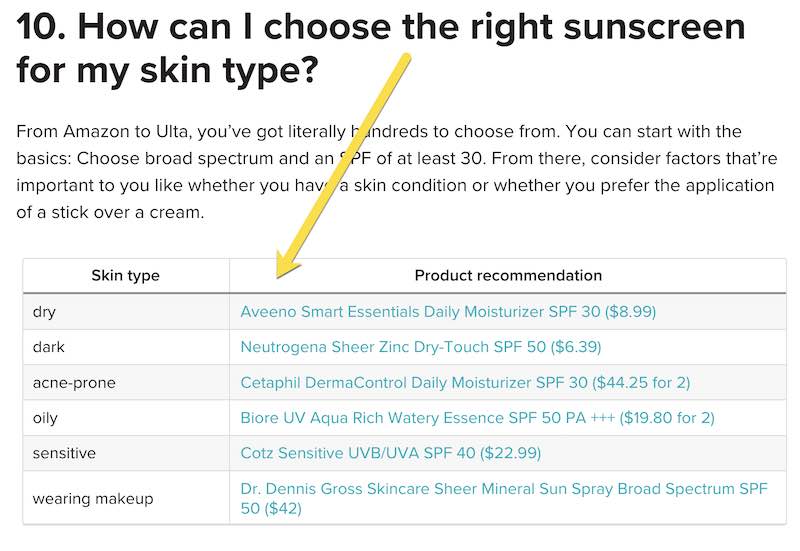I addressed rich snippets last week, explaining how they can enhance organic search listings for ecommerce product pages. Structured snippets are similar in concept, but they don’t receive as much attention in the context of organic search.
I’ll address structured snippets in this post.
Structured Snippets
Structured snippets provide additional information in organic listings. Google extracts the info from on-page tabular data — i.e., data marked up within <table> HTML tags.
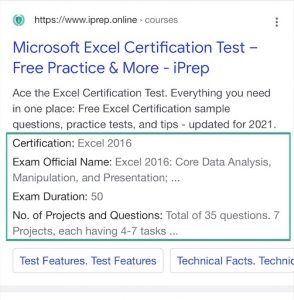
Structured snippets provide additional factual information in organic listings. Google extracts the info from on-page tabular data.
Google first announced structured organic snippets in 2014. However, they differ from structured snippets in ad extensions, which are managed via the ad setup process.
Rich snippets and structure snippets are easily confused. Both stand out in organic search listings. But rich snippets come from structured data such as Schema.org, whereas structured snippets come from an HTML table.
Structured snippets are less predictable than rich snippets as Google may ignore an HTML table and thus the snippet. Google almost always generates a rich snippet if the on-page markup is correct.
The good news is Google often combines structured and rich snippets when it encounters both on a web page.
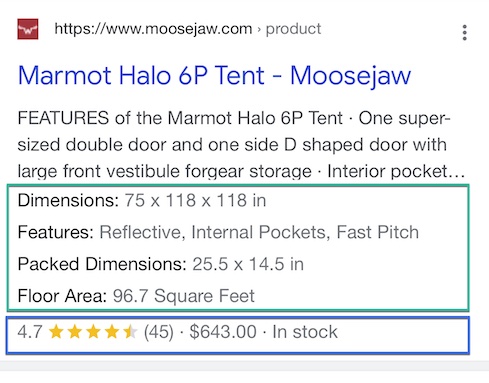
Google often combines structured and rich snippets when it encounters both on a web page. This example shows the structured snippet about the rich snippet.
Examples
HTML tables typically organize numeric data, which Google views as factual. Yet, in reality, structured snippets extend beyond numbers. They can display a product’s specifications, benefits, and even pricing.
All of those details make a snippet “shoppable,” in that it conveys expectations for the page and otherwise matches buying intent, ensuring that whoever clicks on the listing is interested in the product.
—
And here’s the on-page table (below) that generated the structured snippet above. It’s an excellent example of the uncertainty surrounding which part of the table Google will choose to extract.
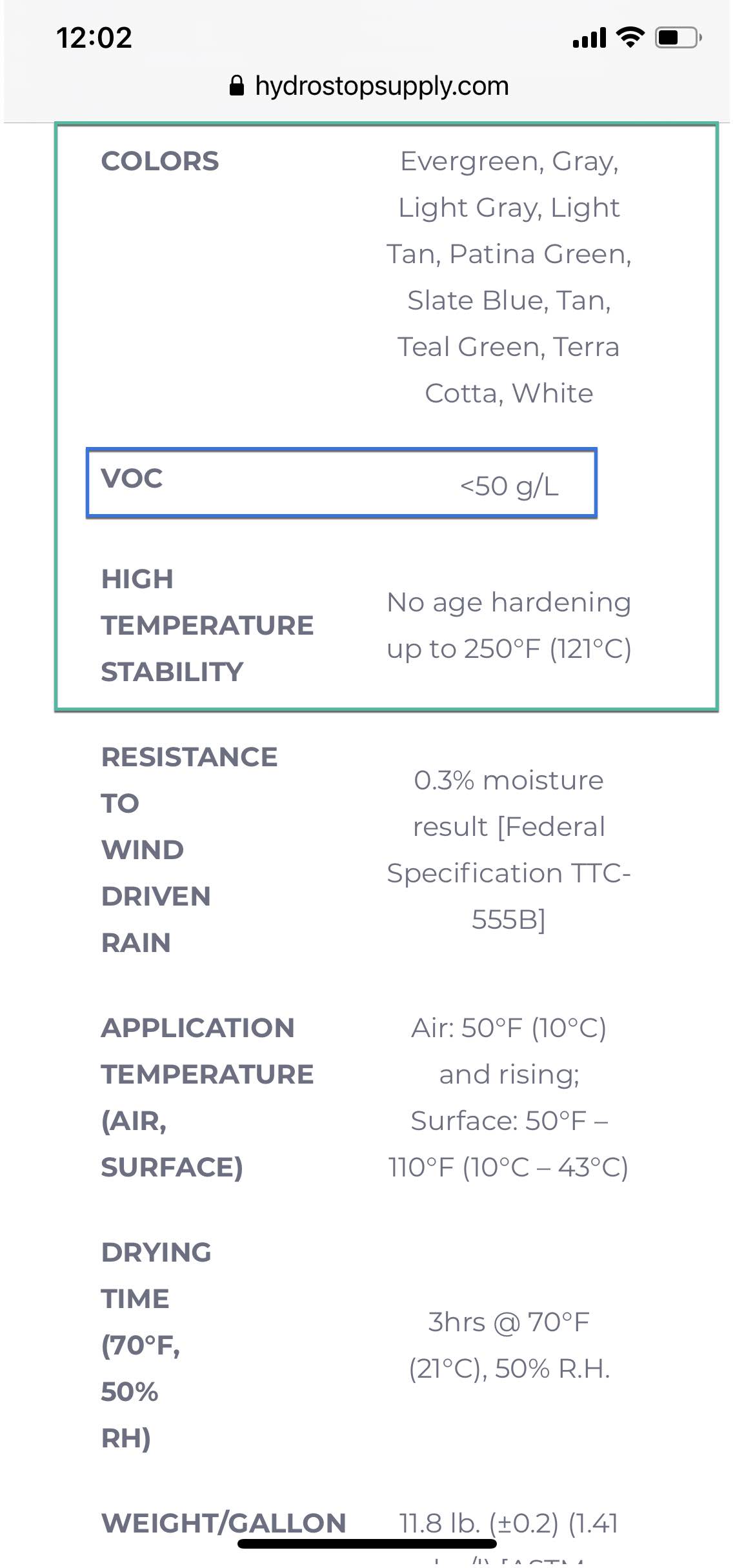
This on-page HTML table lists various product details, which Google then selectively extracts for a structured snippet.
—
The screenshot below is a structured snippet that summarizes a list. On-page HTML tables that show the options and features are effective search-optimization techniques for product and product category pages.
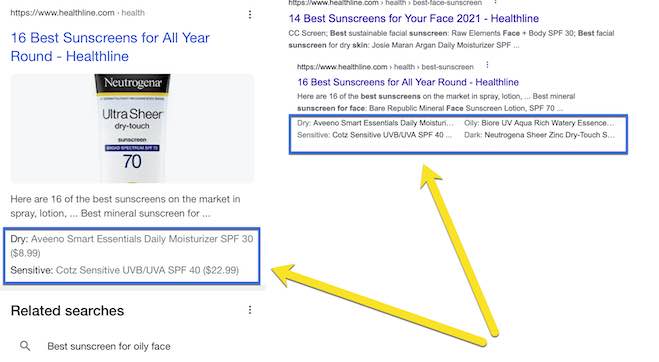
These two organic search listings for Healthline contain structured snippets extracted from a table on Healthline’s website.
—
And here’s the on-page table that Google used to extract the info.
—
And, yes, Bing supports structured snippets in the same manner — extracting data from tables and adding it inside organic search listings.
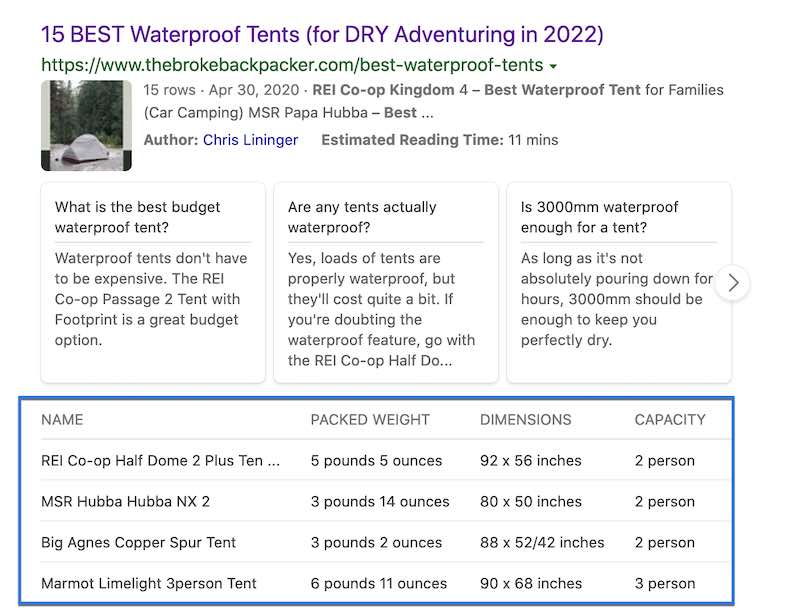
Bing supports structured snippets in the same manner as Google. This example shows product details from a seller of backpacking tents.
No Investment
Structured snippets, like rich snippets, are the low-hanging fruit of search engine optimization. Structured snippets require no monetary investment. Just add HTML tables and hope Google extracts the info.
Experiment with various HTML table formats, such as comparisons and feature summaries. Implement tables via manual code (using an HTML widget, for example) or via plugins or custom apps from your content management or ecommerce platform. Many platforms support tabular data for product and category pages.


